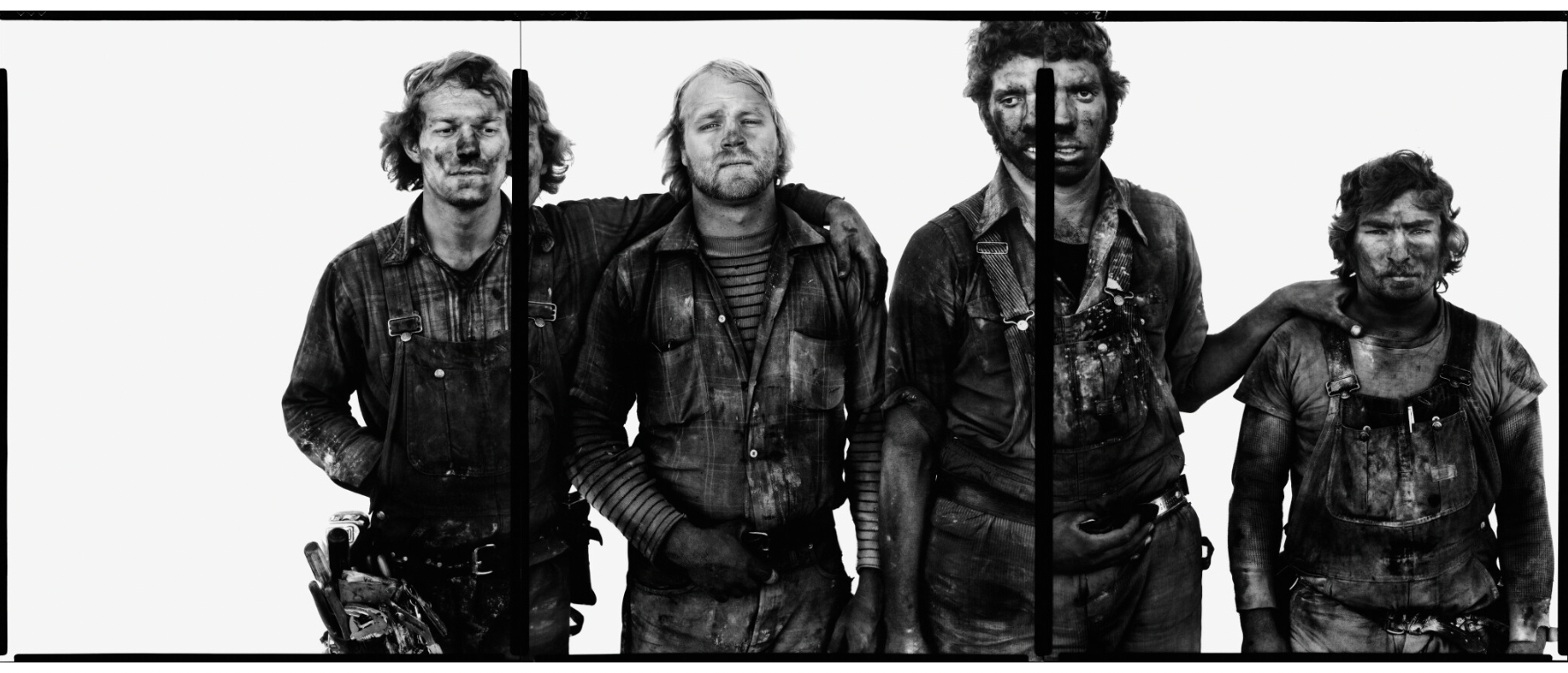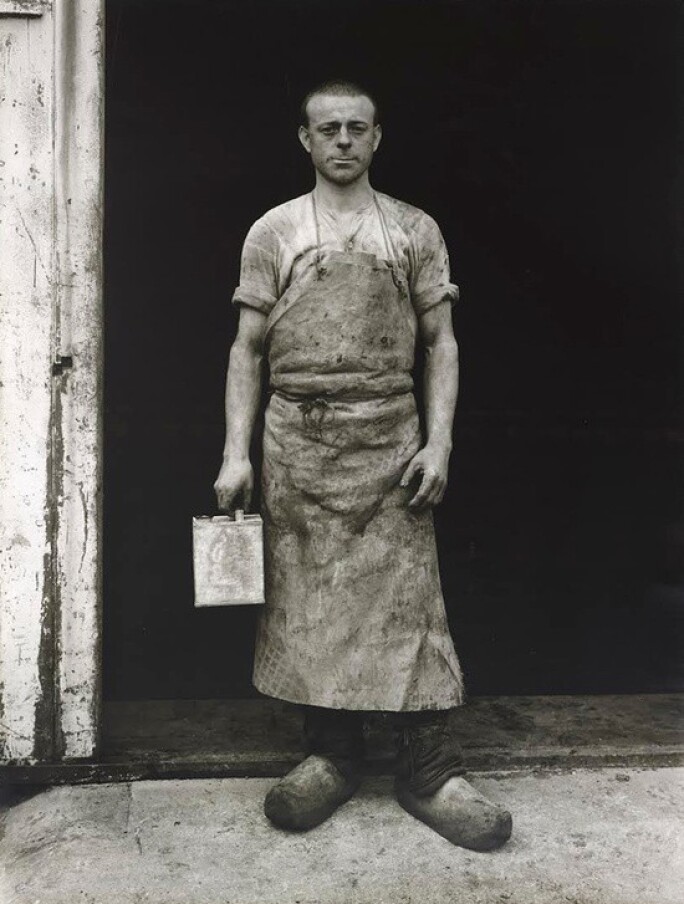'A painter or a writer can rewrite, go back, tear it up, start again. Salvage a thought and make it perfect. Being a photographer is like being an athlete; it's over like a spring and the person goes and you never see him again. I have this sense of "What if I misunderstand the moment?"'
In 1979, the Amon Carter Museum in Fort Worth, Texas, commissioned Richard Avedon to document the American West through the people that inhabited it. Avedon and his assistants traveled through 17 states during the summers between 1979 and 1984, stopping to photograph individuals in all manner of locations, including state fairs, carnivals, coal mines, oil fields, and prisons. They photographed 752 individuals over the course of the 5 year project. The images were culled down to 125 photographs featured in the resulting landmark exhibition and publication, In the American West: Photographs by Richard Avedon. The 1985 exhibition at the Amon Carter Museum opened to widespread acclaim and remains one of the most highly-attended exhibitions in the museum’s history.
For each portrait location, Avedon hung a 9-by-7 feet sheet of white paper to a wall, a building, or the side of a trailer. Each of Avedon’s subjects stood before the white background, looking directly into the camera lens. Avedon stood beside his 8-by-10-inch camera (not behind it), as doing so allowed him to better communicate with each subject. Avedon, weary of photographing the wealthy and powerful, connected personally with his working-class sitters and endeavored to understand the challenges faced by the day laborers, cowboys, and miners he photographed.

When Avedon visited the Stanbury Coal Mine in Reliance, Wyoming, he interrupted the middle of a work day and photographed the miners covered in soot and dirt. The mine had only just re-opened a few years prior after being shut down for nearly two decades. Despite the host of dangers in mining, twenty-one-year-old miner Roger Tims said ‘I like it. I really like it down there. Nobody can get you’ (In the American West, unpaginated).
‘. . . he broke an unwritten rule. You could be a fine art photographer, a photojournalist, or a celebrity photographer, but you couldn’t be all three. Avedon was everything.’

© Die Photographische Sammlung / SK Stiftung Kultur – August Sander Archiv, Cologne / ARS, NY 2023
With In the American West, Avedon continued a long tradition of photographers documenting America on the road, from Edward Curtis’ The North American Indian to Robert Frank’s The Americans. By presenting his subjects in working clothes with occasional props, the series also recalls August Sander’s People of the 20th Century, an ambitious survey of German citizens living between the wars. Sander’s classification of individuals into specific groups (ex. The Farmer or The Craftsman) placed an emphasis not on personal details but on livelihood. Instead of presenting an idealized American West, or a panel of various professions and class categories like Sander, Avedon clings to the individuality of each sitter, no matter how unromantic it might be. Avedon’s approach stood in stark contrast to the idealized images long popularized by post-war publications like LIFE, which presented only the rosiest version of Western life to readers.
In the American West is considered by many to be the magnum opus of Avedon’s career. Another triptych is in the collection of The Amon Carter Museum of Art, Fort Worth.